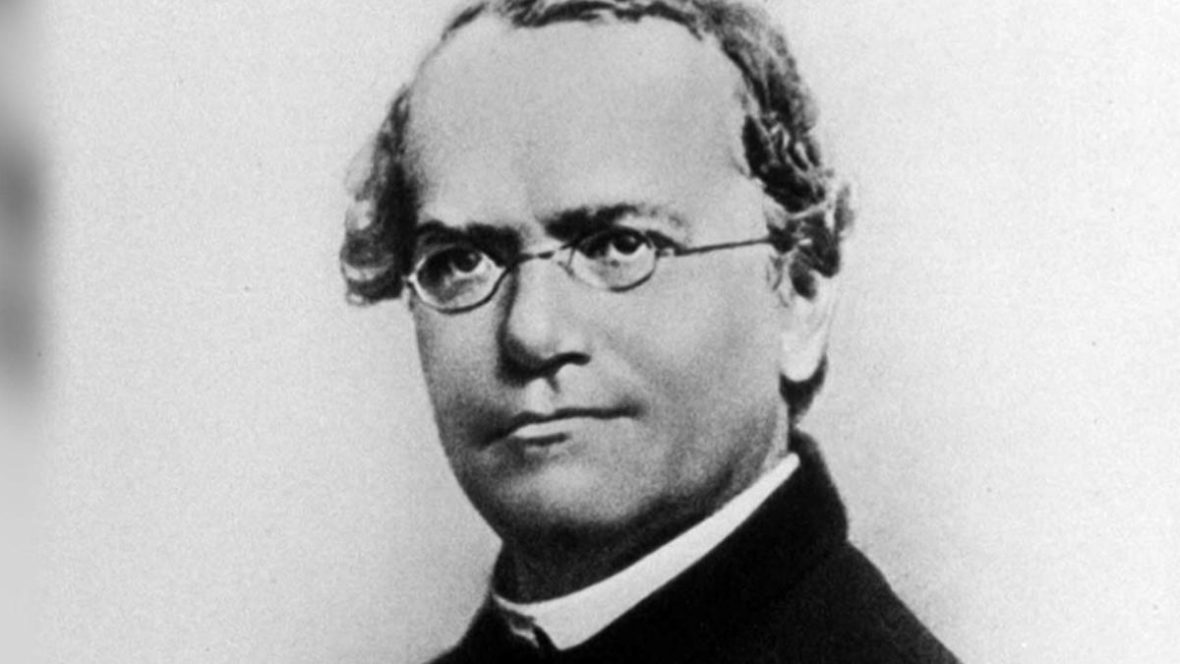Gregor Johann Mendel was a scientist, Augustinian friar and abbot of St. Thomas’ Abbey in Brno, Margraviate of Moravia. Mendel was born in a German-speaking family in the Silesian part of the Austrian Empire and gained posthumous recognition as the founder of the modern science of genetics. Take a look below for 30 more interesting and fascinating facts about Gregor Mendel.
1. Though farmers had known for a millennia that crossbreeding of animals and plants could favor certain desirable traits, Mendel’s pea plant experiments conducted between 1856 and 1863 established many of the rules of heredity, which are now referred to as the laws of Mendelian inheritance.
2. Mendel worked with seven characteristics of pea plants: plant height, pod shape and color, seed shape and color, and flower position and color.
3. Mendel showed that when a true breeding yellow pea and a true breeding green pea were cross-bred, their offspring always produced yellow seeds.
4. He published his work in 1866, demonstrating the actions of invisible “factors”, which are now called genes, in predictably determining the traits of an organism.
5. The profound significance of Mendel’s work wasn’t recognized until the turn of the 20th century with the rediscovery of his laws.
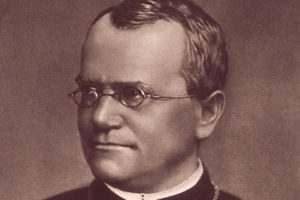
6. Erich von Tschermak, Hugo de Vries, Carl Correns and William Jasper Spillman independently verified several of Mendel’s experimental findings, ushering in the modern age of genetics.
7. Mendel was born in Heinzendorf bei Odrau in Moravia.
8. He grew up on a farm that had been in the family for over 130 years.
9. From 1840 to 1843, he studied philosophy and physics at the University of Olomouc Faculty of Philosophy.
10. Mendel joined the Augustinian Friars and took the name Gregor.
11. He became a priest in 1847 and a high school teacher in 1849.
12. From 1851 to 1853, Mendel attended the University of Vienna where he studied biology, chemistry and physics.
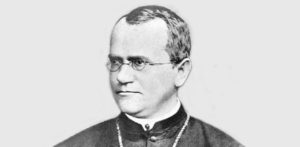
13. After completing his studies in 1854, he returned to the monastery and for the next 16 years taught high school physics at a school in Brunn.
14. Mendel was interested in plant biology and heredity and between 1856 and 1863, he cultivated and tested some 29,000 pea plants in the monastery garden.
15. He cataloged the heredity of seven characteristics in peas: seed shape, flower color, seed coat tint, pod shape, unripe pod color, flower location and plant height.
16. His study revealed that one fourth of the plants had purebred recessive alleles, one half were hybrid and one fourth were purebred dominant.
17. The results from his study led him to create the Law of Segregation, which states that alleles separate randomly from each other during the production of gametes so the offspring will inherit one allele from each parents.
18. Most of Mendel’s contemporaries believed that hereditary traits were passed on through a blending or averaging of each parents’ characteristics and Mendel’s findings weren’t accepted by the scientific community until after his death.
19. Mendel also experimented with honeybees and hawkweed but the results of his studies were lost.
20. In 1865, he founded the Austrian Meteorological Society and more of his writings were about meteorology than about biology.
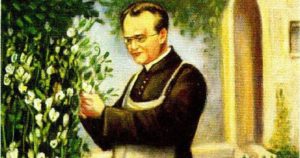
21. He was the son of Anton and Rosine Mendel. He had one older sister, Veronika, and one younger sister, Theresia.
22. During his childhood, Mendel worked as a gardener and studied beekeeping.
23. As a young man, he attended high school in Opava. However, he had to take four months off during his high school studies due to illness.
24. From 1840 to 1843, he studied practical and theoretical philosophy and physics at the Philosophical Institute of the University of Olomouc, taking another year off because of illness.
25. Mendel struggled financially to pay for his studies, but he made it through once his younger sister, Theresia, gave him her dowry.
26. When he became somewhat successful, Mendel repaid his sister by helping support her three sons, two of whom became doctors.
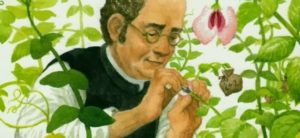
27. He became a friar in part because it enabled him to obtain an education without having to pay for it himself.
28. As the son of a struggling farmer, the monastic life, in his words, spared him the, “perpetual anxiety about a means of livelihood.”
29. Mendel began his studies on heredity using mice. However, his bishop didn’t like that one of his friars was studying animal sex, so Mendel switched to plants.
30. Mendel died on January 6, 1884, at the age of 61, in Brno, Moravia, Austria-Hungary, from chronic nephritis.

